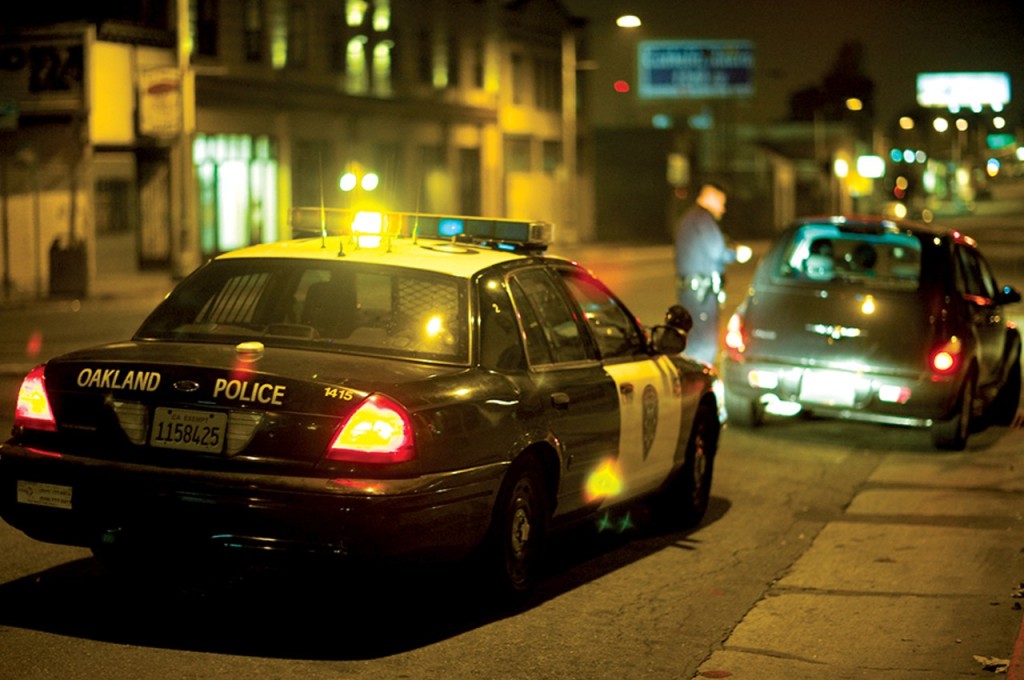Oakland Police Must Seek Ways to Avoid Deadly Force, Says Federal Monitor
Aug 14, 2015
Posted in Equal Rights/Equity, Police-Public Safety
Black and Latino motorists and pedestrians stopped and searched at higher rates

By Ken Epstein
Independent Monitor Robert Warshaw, federal Judge Thelton Henderson’s representative in Oakland, is putting a spotlight on police shootings in cases that may be “by the book” and “legally defensible” but result in injuries and death that could have been avoided.
“Any use of deadly force should serve as an opportunity to look beyond the customary questions of policy compliance and legal justification. The department should consider whether the use of that level of force might have been avoidable – even when the application of that force is consistent with departmental policy,” said Warshaw in his latest update on oversight of the Oakland Police Department, which has been ongoing for 12 years.
“Taking seriously the question of whether deadly force could have been avoided is recognition of the value of all human life, and it is a way for the department to not only reflect that principle but also to practice it,” he said.
“The loss of life itself demands this higher level of questioning.”
Warshaw is talking in the report about a central issue that is being raised by protesters across the country, said Rashidah Grinage of the Oakland Coalition for Police Accountability.
“The deaths of Eric Garner, (Water Scott) in South Carolina and other places did not have to happen,” she said. “If police policy says otherwise, then policy has to change.” she said.
Police departments have to ask themselves not just whether a shooting can be defended legally but whether it could have been avoided, Grinage said.
“Police policy and general orders combined with a certain amount of officer discretion produces a lethal combination, allowing officers to act in ways that are not fair or racially just.”
Warshaw’s report also published citywide police stop data for June 2014 to June 2015, which included 27,492 vehicle stops and 7,059 pedestrian stops.
Fifty-five percent of the vehicle stops involved African Americans, and they were searched in 23 percent of the cases. However the percent of searches that resulted in finding something was 32 percent, the lowest for any racial group.
Sixty-eight percent of the pedestrian stops involved African Americans, and they were searched in 48 percent of the cases. Searches resulted in finding something 26 percent of the time, compared with 20 percent for whites and 26 percent for Asians.
Nineteen percent of vehicle stops involved Latinos, the second highest percentage after African Americans. Police searches resulted in recovering something in 40 percent of the cases.
Pedestrian stops for Latinos were second most prevalent – 14 percent of the total. Police searches recovered something in 25 percent of the cases.
“Assessments covering the past several reporting periods have verified the presence of sufficient cause for the searches in a high percentage of the cases,” said Warshaw.
Twenty-eight percent of Oakland’s population is African American and 25 percent Latino.
According to Grinage, people have to ask themselves why the police are “stopping African Americans more and getting less.”
“What is the decision making behind these stops? What accounts for a greater number of them with a lower recovery rate?”
At present, residents who are on probation or parole are generally subject to stop and search. “If that’s the assumption, maybe that’s a really poor decision,” she said.
Grinage said the Oakland Coalition for Police Accountability is currently meeting with city councilmembers and is doing research on a proposition for an independent police oversight commission that will go on the ballot for November 2016.
She said that the coalition will ask the council to vote next June to put the proposal on the ballot.